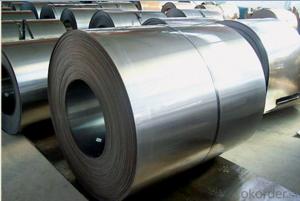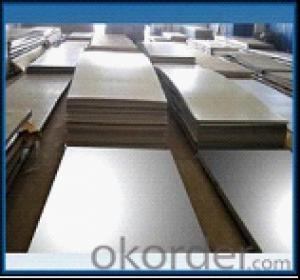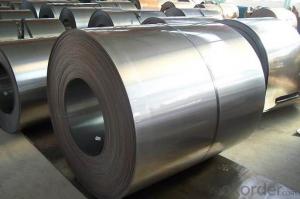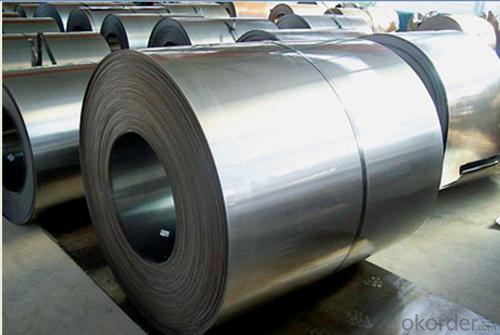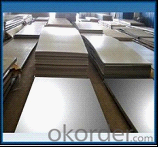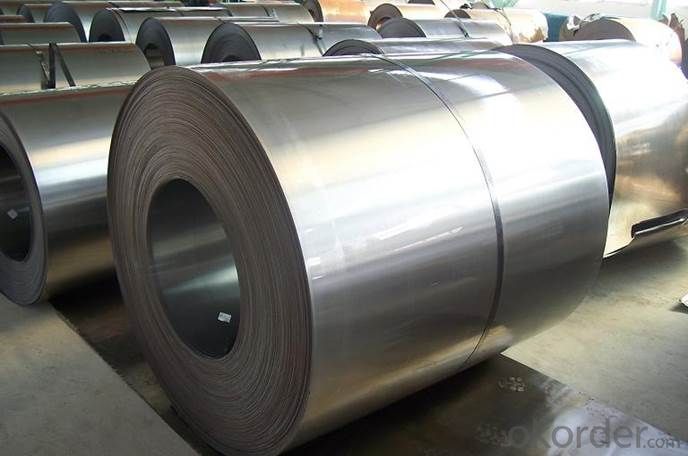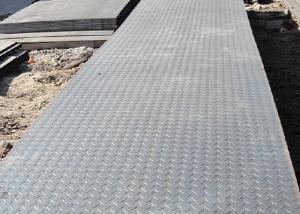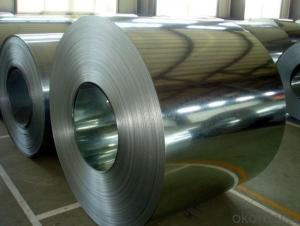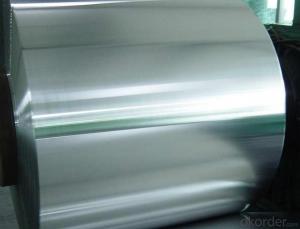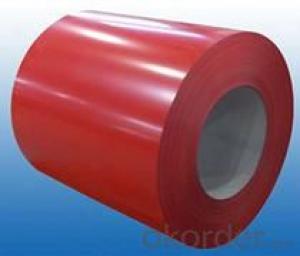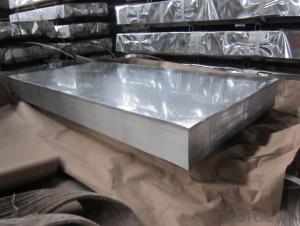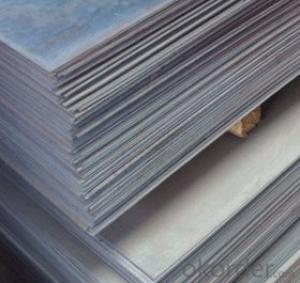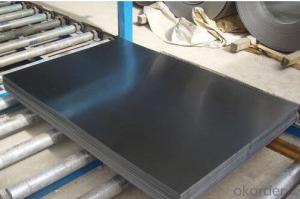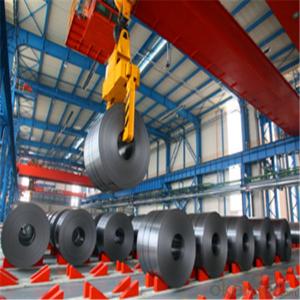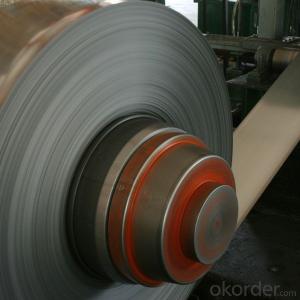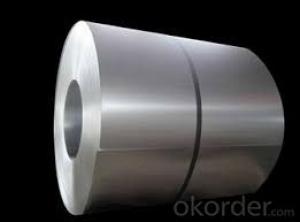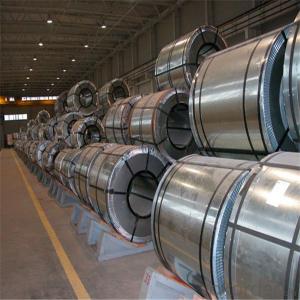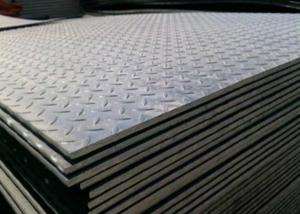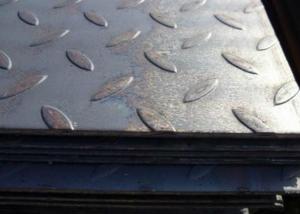COLD Rolled Steel Coils/Sheets from China, SPCC
- Loading Port:
- China main port
- Payment Terms:
- TT OR LC
- Min Order Qty:
- 1 m.t.
- Supply Capability:
- 1000000 m.t./month
OKorder Service Pledge
OKorder Financial Service
You Might Also Like
Specification
Product Name | Cold Rolled Sheet Coil |
Material | SPCC/SPCD/SPCE/DC01/ST12/ ST14/SPCD/DC03/DC04 ect. |
Grade Standard | JIS G3302, EN10142, ASTM653, ASTM95 |
Thickness | 0.15-3.5mm |
Width | 600mm-1500mm |
Coil ID | 508-610mm |
Coil OD | max 1500mm |
Weight | 3-10 Tons |
Tolerance | Thickness tolerance:+/-0.02mm; Width tolerance:+/-5mm |
Surface | No-skin passed or Skin passed, Tensile leveled |
Surface Treatment | Chromate/Unchromate passivation, fingerprint resistant treatment, oiled/unoiled |
Annual Output | 350,000MT |
Application | Construction, hardware, home applicances, interior decoration |
General Application of Cold Rolled Steel Coil:
Classification | Designation | Characteristics | Main applications |
Commercial quality | SPCC SPCCT | Commercial quality suitable for bending fabrication and simple forming; this is the type in greatest demand. | Refrigerators, cabinets, power distribution baords and drums. |
Drawing quality | SPCD | Drawing quality second only to that of SPCEN. Excellent uniformity. | Automobile floor and roof panels. |
Deep-drawing quality | SPCE SPCF | Deep-drawing quality.With metallurgically controlled grain size, it retains its beautiful finish even after being deep-drawn. | Automobile fenders and quarter panels |
Extra deep-drawing quality | SPCG | Extra-low-carbon steel sheets with highest workability | Automobile internal panels and deep-drawn parts |
- Q: Are steel sheets suitable for high-temperature applications?
- Yes, steel sheets are generally suitable for high-temperature applications due to their high melting point and excellent heat resistance.
- Q: Can steel sheets be used for insulation purposes?
- No, steel sheets cannot be used for insulation purposes as they conduct heat and electricity, rather than providing insulation against them.
- Q: What is the hardness of steel sheets?
- The hardness of steel sheets can vary depending on the specific grade and manufacturing process, but generally, steel sheets have a high level of hardness due to their composition and heat treatment.
- Q: What is the average weight of a steel sheet per square foot?
- The average weight of a steel sheet per square foot can vary depending on the thickness and type of steel being used. However, a common range for the weight of a steel sheet per square foot is between 40 to 70 pounds. It is important to note that this is a general estimate and the actual weight may differ based on specific factors such as the alloy composition and manufacturing process.
- Q: What are the weight and load-bearing capacities of steel sheets?
- The weight and load-bearing capacities of steel sheets can vary depending on factors such as the thickness, grade, and type of steel being used. Generally, steel sheets have high strength and can withstand heavy loads. However, it is essential to consult the specific specifications and guidelines provided by the manufacturer or engineering standards for accurate information on weight and load-bearing capacities.
- Q: What are the different forms of steel sheets (flat, perforated, expanded, etc.)?
- Steel sheets are available in various forms to suit different applications and requirements. Some of the different forms of steel sheets include: 1. Flat Steel Sheets: These sheets have a smooth and flat surface and are commonly used in construction, fabrication, and manufacturing industries. They are versatile and can be easily cut, shaped, and formed into various products. 2. Perforated Steel Sheets: These sheets feature small holes or perforations that are evenly spaced. They are commonly used for filtration, ventilation, and decorative purposes. Perforated steel sheets provide excellent airflow and visibility while maintaining structural integrity. 3. Expanded Steel Sheets: These sheets are created by cutting and stretching a flat sheet of steel, resulting in a mesh-like pattern. Expanded steel sheets are lightweight, strong, and provide excellent ventilation and drainage. They are commonly used in walkways, gratings, fencing, and security applications. 4. Galvanized Steel Sheets: These sheets are coated with a layer of zinc, which provides excellent corrosion resistance. Galvanized steel sheets are commonly used in outdoor applications where exposure to moisture and harsh weather conditions is a concern. 5. Stainless Steel Sheets: These sheets are made from an alloy of steel and chromium, which provides excellent corrosion resistance and high tensile strength. Stainless steel sheets are commonly used in the food industry, transportation, medical equipment, and architectural applications. 6. Cold Rolled Steel Sheets: These sheets are produced by rolling steel at room temperature, resulting in a smooth and even surface. Cold-rolled steel sheets have improved surface finish, dimensional accuracy, and strength. They are commonly used in automotive, appliances, and furniture industries. 7. Hot Rolled Steel Sheets: These sheets are produced by heating steel above its recrystallization temperature and then rolling it. Hot-rolled steel sheets have a rougher surface and are more malleable compared to cold-rolled sheets. They are commonly used in structural components, construction, and general fabrication. These are just a few examples of the different forms of steel sheets available. Each type of steel sheet has its own unique properties and advantages, making them suitable for various applications and industries.
- Q: Are the steel sheets easy to transport and handle?
- Yes, steel sheets are relatively easy to transport and handle. They are typically compact and lightweight, making them convenient to move around. Additionally, their flat and rigid nature allows for easy stacking and loading onto transportation vehicles. However, larger and heavier steel sheets may require specialized equipment and machinery for safe handling and transportation.
- Q: What are the common thicknesses for hot-rolled steel sheets?
- The common thicknesses for hot-rolled steel sheets range from 1.6mm to 20mm, with some variations depending on specific industry requirements and applications.
- Q: Can steel sheets be used for wall cladding?
- Certainly! Wall cladding can indeed be achieved by utilizing steel sheets. Steel, being a highly adaptable and enduring material, finds its utility in diverse applications, one of which is wall cladding. By employing steel sheets, one can obtain exceptional structural reinforcement, resistance against harsh weather conditions, and an aesthetically pleasing look. Steel sheets are frequently employed in commercial and industrial establishments, as well as residential properties, to elevate their visual appeal and safeguard the underlying structure. These sheets can be customized to meet specific design requirements and are available in a wide range of finishes, textures, and colors, making them a favored choice for wall cladding. Furthermore, steel cladding offers numerous advantages, such as fire resistance, ease of maintenance, and long-lasting performance, rendering it a perfect option for wall cladding in various environments.
- Q: What is the average weight of a steel sheet per square meter?
- The average weight of a steel sheet per square meter depends on the thickness and type of steel, but it typically ranges from 7.85 to 8.05 kilograms per square meter.
Send your message to us
COLD Rolled Steel Coils/Sheets from China, SPCC
- Loading Port:
- China main port
- Payment Terms:
- TT OR LC
- Min Order Qty:
- 1 m.t.
- Supply Capability:
- 1000000 m.t./month
OKorder Service Pledge
OKorder Financial Service
Similar products
Hot products
Hot Searches
Related keywords
